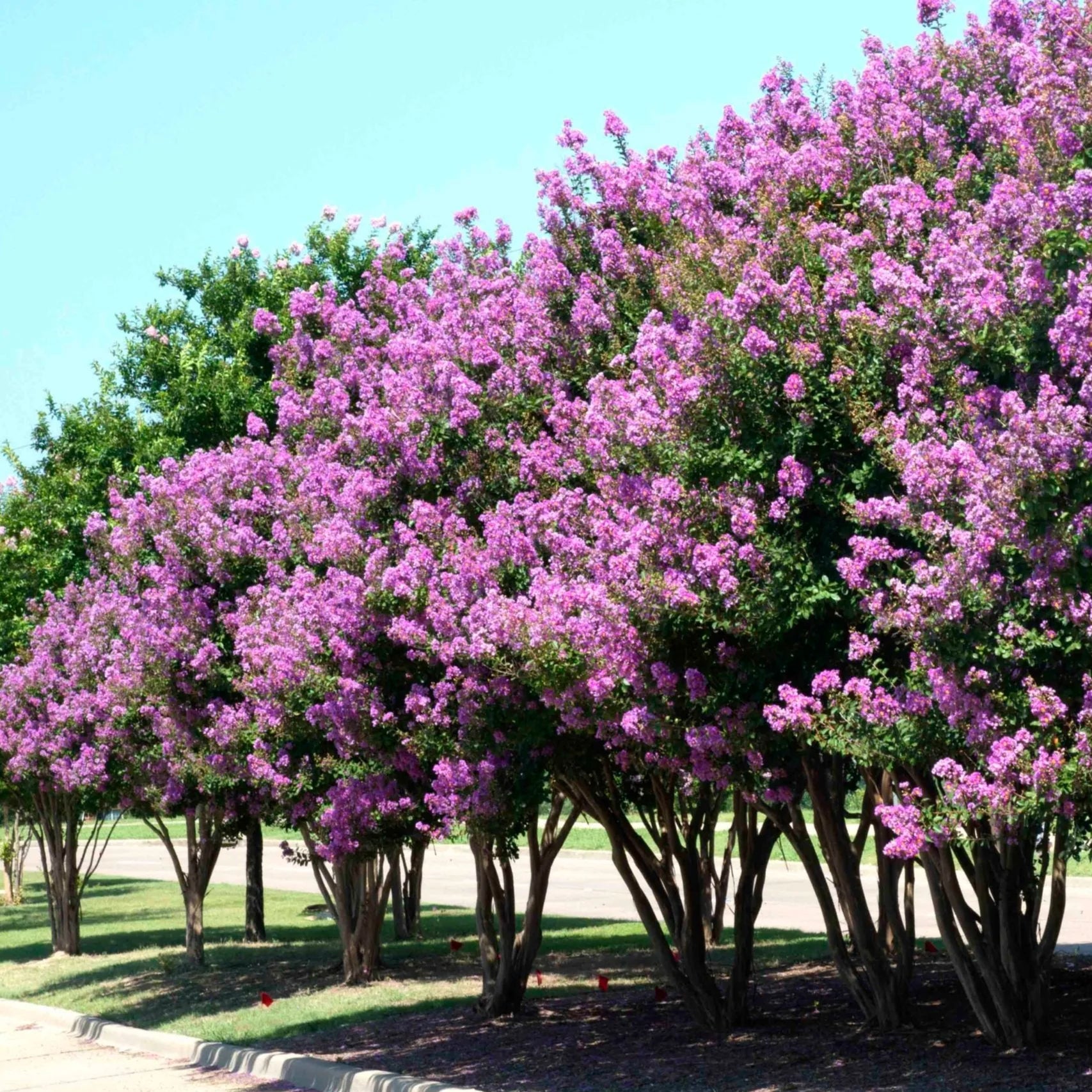10 Key Steps for Planting Native Texas Trees in November

Planting native Texas trees in November can be quite successful thanks to the milder weather which is ideal for root establishment.
Step 1: Successful Species
Select trees native to your Texas region for better acclimatization. Native species are inherently suited to local weather and soil conditions, making them more resilient and easier to care for. Plus, they provide essential habitat for local wildlife, supporting biodiversity in your garden.
Step 2: Proper Timing
Plant in November to allow root development before the frost.

This gives the roots ample time to grow strong before the hot, dry summer months. Planting during this cooler period also reduces the stress on young trees, ensuring a healthier start.
Step 3: Site Prep
Clear weeds and ensure the site has good drainage. Weeds can compete with your young tree for nutrients and water, so removing them is crucial. Proper drainage is key to preventing water-logged roots, which can lead to root rot and other health issues.
Step 4: Hole Size
Dig a hole as deep as the root ball and 2-3 times wider. A spacious hole encourages roots to spread easily, which helps in the tree's stability and nutrient absorption. Avoid digging too deep, as this can cause the tree to settle and sink over time.
Step 5: Correct Planting
Position the tree so the root ball is level with or just above soil surface. Ensuring correct planting depth is vital for the health of the tree, as planting too deep can suffocate the roots. Also, gently spread the roots outward to encourage growth in the right direction.
Step 6: Immediate Watering
Water deeply after planting to settle the soil. This initial deep watering helps to establish a good moisture base for the tree, which is essential for its growth. It also helps to eliminate air pockets in the soil that can damage roots.
Step 7: Mulching
Apply mulch to conserve moisture and protect roots from temperature extremes. A 2-3 inch layer of mulch helps to maintain soil moisture and regulate soil temperature, both critical for root health. Remember not to pile mulch against the trunk, as this can cause decay.
Step 8: Staking
Stake only if needed for stability, and without hindering the natural sway. Staking provides support against strong winds, but allowing some movement is important for the tree to develop a strong trunk and root system. Use flexible ties and check regularly to ensure they're not too tight.
Step 9: Regular Care
Monitor for pests and diseases; water as needed. Consistent monitoring helps you spot any problems early, making them easier to manage. Watering should be adjusted based on rainfall and temperature, ensuring the tree always has enough moisture.
Step 10: First Pruning
Prune only broken or dead branches during the first year to avoid stress on the tree. Avoid heavy pruning in the first year, as this can divert energy from essential growth and establishment. Pruning should be done with care, making clean cuts that heal quickly.
Texas Redbud
With dedication and care, your tree will grow to be a vibrant testament to your efforts, enriching your Texas landscape. Each thoughtful step today sows the seeds for a greener, more beautiful tomorrow!



